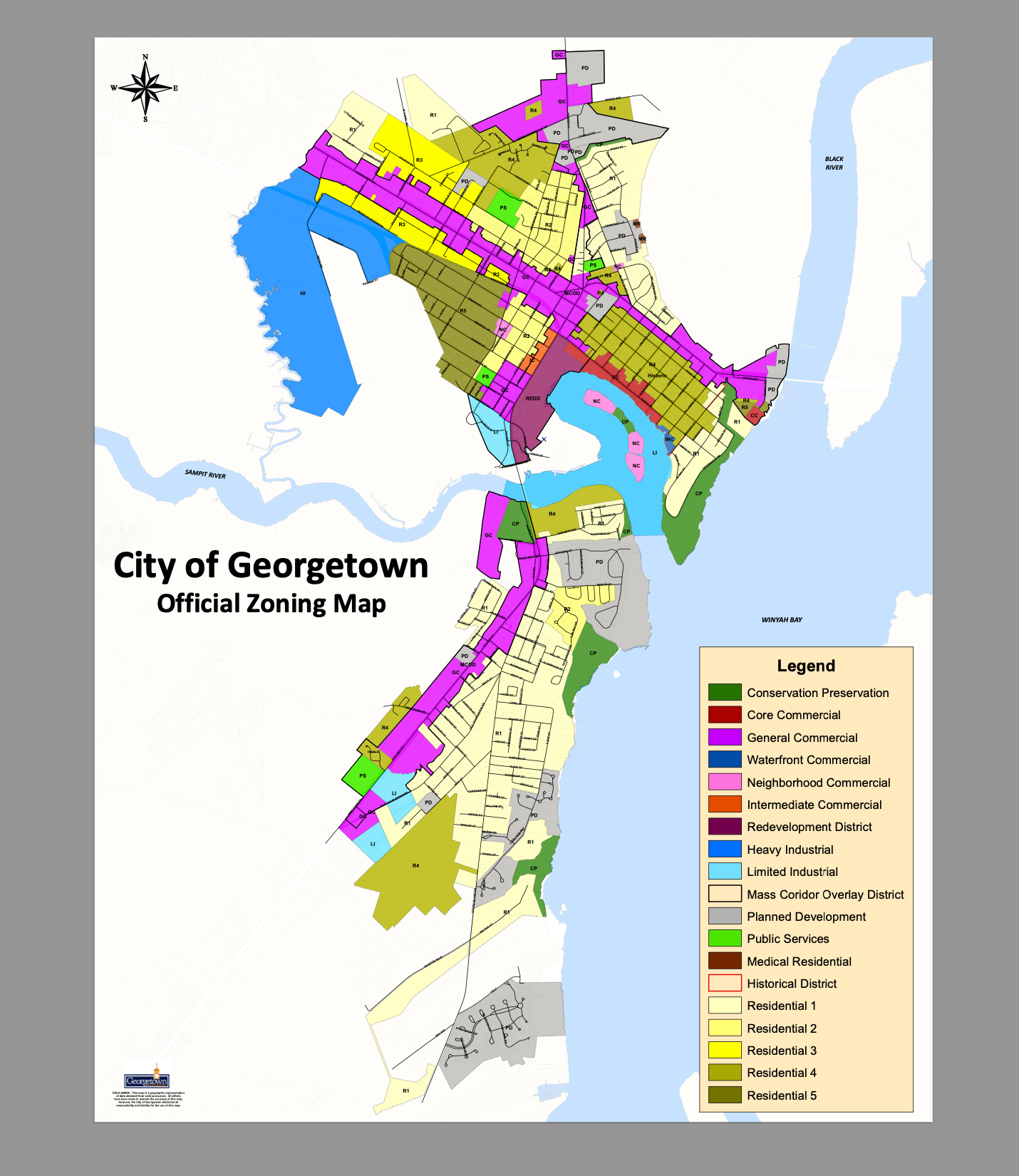International Paper constructed a canal in Georgetown, South Carolina, to supply water for its pulp and paper mill, which began operation in 1937 and closed in 2024.
This canal also serves as the primary water source for the city of Georgetown.
With the the future of the 500+ acre waterfront property still uncertain, the canal’s future is more critical than ever.
It’s considered a significant piece of infrastructure that was built to support International Paper’s industrial operations, but it’s also an integral part of Georgetown’s public water supply system.
Here’s a breakdown of its history and significance:
- Construction and Purpose: International Paper (originally Southern Kraft Paper Mill) built its Georgetown plant in 1936, with the mill becoming operational by 1937. To support the immense water needs of the paper mill, a canal was constructed. This 27-mile long canal diverts water from the Great Pee Dee River through a system of pump stations, pipes, and trenches, ultimately delivering it to the mill in Georgetown.
- Engineering Marvel: The canal is considered an engineering feat, as it crosses over and alongside the Black River and traverses several other creeks. Its depth ranges from 12 to 20 feet.
- Dual Use: While initially built for the International Paper mill, the canal also became crucial for the water supply of Georgetown County. The canal supplies both the International Paper company and Georgetown County’s water district.
- State Permission: The State of South Carolina granted permission to International Paper to divert water from the Great Pee Dee River for its plant’s operation. This permission specifies a limit on the amount of water that can be diverted.
- Maintenance and Future: International Paper has historically been responsible for the maintenance of the canal. With the recent closure of the International Paper mill in Georgetown at the end of 2024, there are discussions and concerns about the future maintenance of the canal, as it remains a vital water source for the city.




